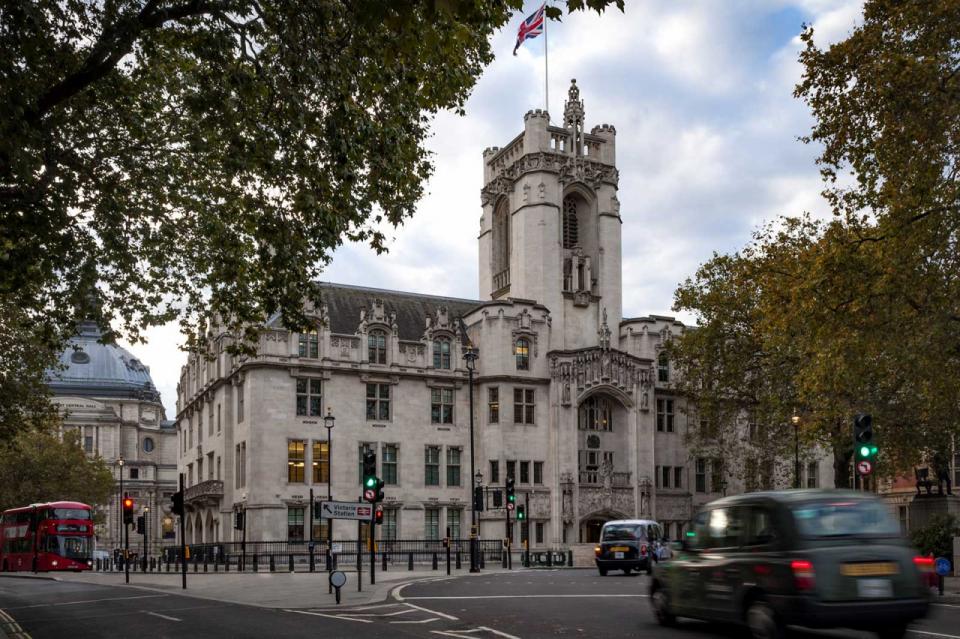Is it rude to spectate? The Supreme Court rules on Tate Modern viewing platform

A note on the recent Supreme Court decision in Fearn v Board of Trustees of the Tate Gallery
Flat owners whose properties are overlooked by the Tate Modern have won a privacy bid against the gallery over the use of its viewing platform.
Residents took legal action after complaining that the platform, which offers 360° views of the London skyline, also enabled the gallery’s 600,000 visitors per year to look into the Neo Bankside flats, which are constructed mainly of glass. Some of the visitors did just that, using binoculars, taking photographs and publishing the photographs on social media.
In February 2020, The Court of Appeal dismissed their claim, but The Supreme Court overturned that decision last week.
The Supreme Court judgement
The Supreme Court recently delivered its long-awaited judgment in the case of Fearn v Board of Trustees of the Tate Gallery. The decision has seen newspaper editors and headline writers showing little sympathy for the successful flat owners of properties and left some suggesting that the judgment would have an adverse impact on public life in our cities. The public commentary has focused on this matter as a “privacy” case.
This case was brought by four flat owners who owned flats on various floors between the 13th and 21st floors of the Neo Bankside development, which is a mere 34 metres from the adjacent Blavatnick Building, which is part of the Tate Modern Art Gallery.
The case was brought in nuisance. This relates to property rights and not personal rights such as privacy. Nuisance arises when land use interferes with the enjoyment of neighbouring land. The Supreme Court conducted an in-depth analysis of the law of nuisance and concluded that a nuisance had been caused to the flat owners. The Court found that the flat owner’s enjoyment of their land had been interfered with, saying: “It is not difficult to imagine how oppressive living in such circumstances would feel for an ordinary person – much like being on display in a zoo.”
Reasonable use of land
As well as considering whether “overlooking” constituted a nuisance, the Court also ruled whether the viewing gallery was a reasonable use of the museum’s land, stating that creating a viewing platform and inviting the public to use it was not a common and ordinary use and the residents had a right to complain.
The Court confirmed that there would be no liability if a land owner is doing no more than making common and ordinary use of their own land and made it clear that the presence of a building on land could not, in itself, constitute a nuisance. So it’s unlikely that there will be a deluge of successful claims complaining about buildings which are being used in their common and ordinary way, such as an office, or a flat, or indeed, an art gallery, where the occupants are able to look into an adjacent building.
No burden on the property owners
The court considered that it was not a requirement for the flat owners to protect themselves by installing blinds or net curtains, saying: “it is not acceptable … to place the burden on the claimant to mitigate the impact of a special use of the defendant’s property.” Nor did the court consider the fact that the flat owner’s property was made of glass was of any relevance. The glass construction of the flats was not relevant when the Tate was using their land in an unreasonable way by inviting visitors to take in the views (including into the adjacent flats) from its viewing platform.
The Court did not find it necessary to consider “privacy” nor whether the flat owners’ rights to respect for their private lives, enshrined in Article 8 of the European Convention on Human Rights, had been infringed, considering that the law of nuisance satisfactorily dealt with the position before it.
This may well be a case, albeit a high-profile one, which turns on its facts, but the judgment has a useful analysis of the law of nuisance.
The court has not decided what remedy the flat owners might be entitled to, sending the case back to the High Court for a decision on that point. The High Court will need to hear evidence on such matters as the public interest in maintaining the viewing gallery with its 360° views, whether any remedial measures can be taken, the scope of any injunction which the court might make, and whether the flat owners should be awarded damages, and if so, how much.
If you have any questions on the law of nuisance or have concerns as to whether this decision may impact your own situation, then please contact Sarah Barratt on 0191 211 7923 or email [email protected]
